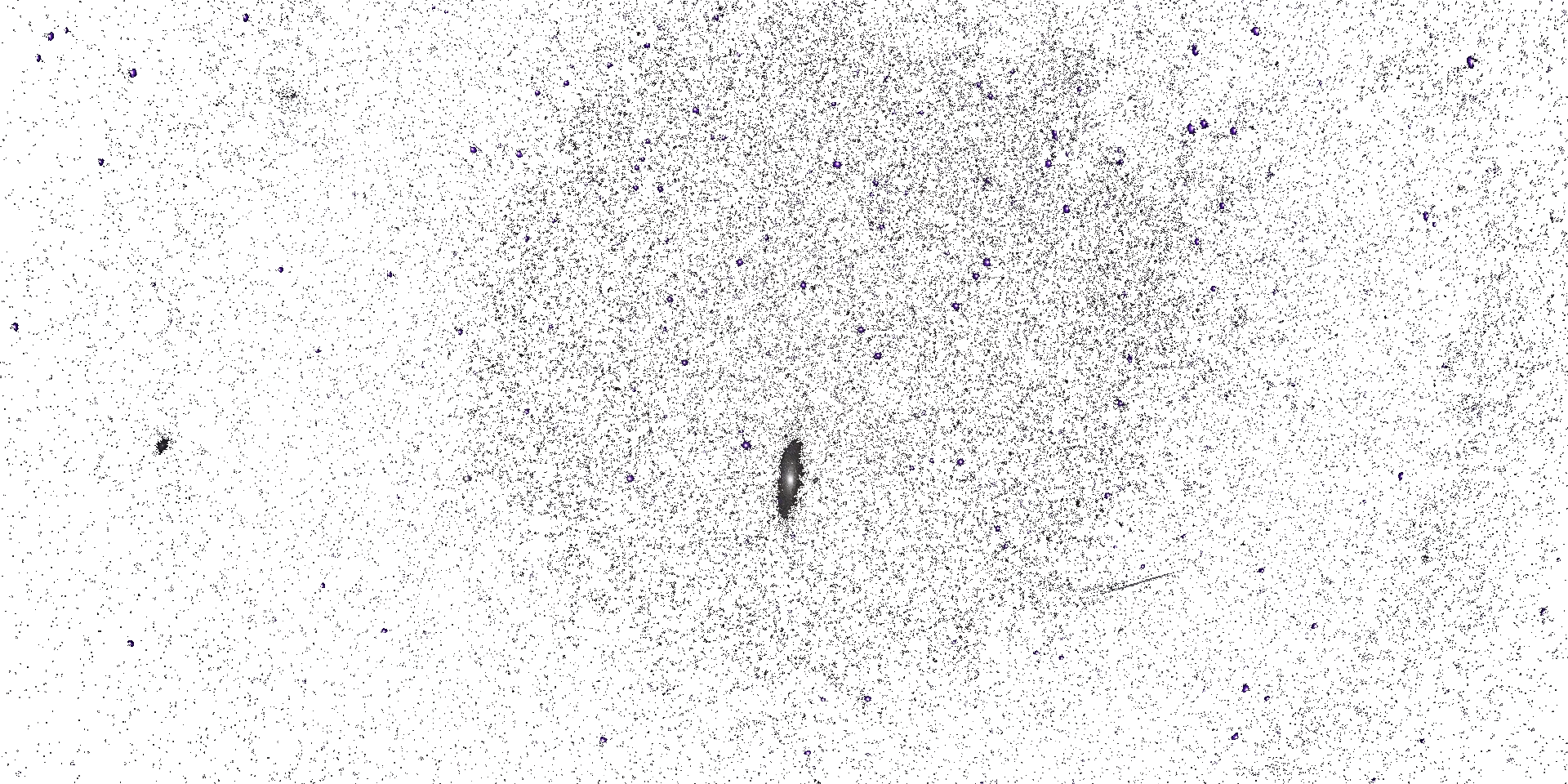




Space Climate 8 Meeting Abstract
A NEW 3D SOLAR WIND SPEED AND DENSITY MODELS BASED ON INTERPLANETARY SCINTILLATION OBSERVATIONS
Czesław Henryk Porowski (Space Research Centre of the Polish Academy of Sciences)
Maciej Bzowski, Space Research Centre, Polish Academy of Sciences, Warsaw, Poland, bzowski@cbk.waw.pl
Munetoshi Tokumaru, Institute for Space-Earth Environmental Research, Nagoya University, Nagoya, Japan
A model of the latitudinal distribution of the solar wind and its
time variations during recent decades is a starting point in many areas of
heliosphere research. In-situ measurements of the solar wind parameters have
been performed since the beginning of the space age, but they are limited to a
narrow band around the solar equator. Although Ulysses performed in-situ
measurements of solar wind parameters at high heliolatitudes, the
continuous in-situ measurements at high heliolatitudes is lacking.
In order to fill the gap in the coverage of solar wind speed and
density at high heliolatitudes, computer-assisted tomography of
interplanetary scintillation observations (IPS) is performed. The solar
wind speeds at all heliolatitudes are provided in the form of maps
Carrington-period maps. Their general fidelity was demonstrated by
comparison of the IPS speed profiles at high heliolatitudes with those
from Ulysses observations. However, because of operational reasons, the
Carrington speed maps have insufficient coverage during the year, and
sometimes feature extreme unrealistic values, which contribute to
undesirable background. During determination of the average solar wind
speed profile, the background points accumulate and affect the obtained
results.
We introduce a novel method of the IPS data processing to reduce
the impact of the undesirable background. Using this method, we develop a
new model of the time- and heliolatitude evolution of the solar wind
speed and density based on Legendre functions. We demonstrate that the
coefficients of the Legendre functions are correlated with carefully
selected solar proxies. This enables reconstructing the latitudinal
profiles of the solar wind speed and density beyond the period of IPS data
(i.e. since 1985 to present), both backwards and forwards in time.
In effect, we present a new phenomenological solar wind model
which brings to us a unique possibility to fill the gap in the solar wind
3D structure before 1985, as well as in the present day before the IPS
data are available. We present the model formulation, its overall
properties, and its limitations. Example estimations of the SW 3D
structure before IPS-era and their implications will also be shown.
